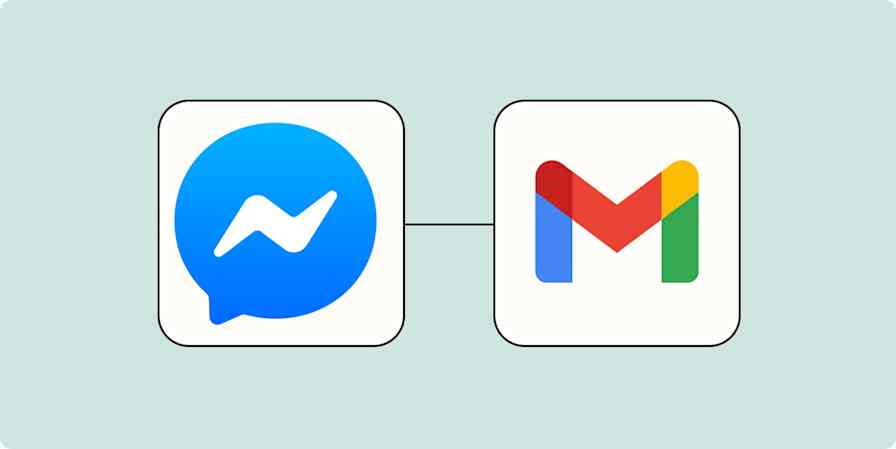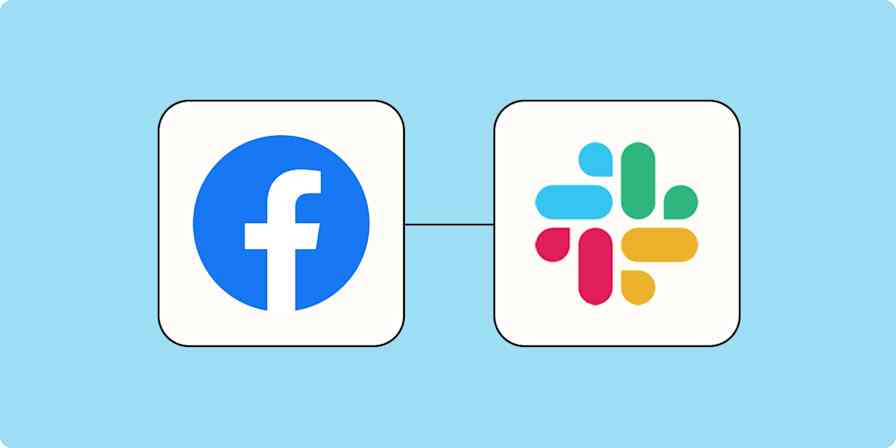Productivity tips
7 min readOverwhelmed? Turn off your notifications.
How to turn off notifications on every device for better digital boundaries.
By Krystina Martinez · March 1, 2023

Get productivity tips delivered straight to your inbox
We’ll email you 1-3 times per week—and never share your information.
Related articles
Improve your productivity automatically. Use Zapier to get your apps working together.








